How schools are trying to protect students from shootings
Elementary and high schools are spending billions of dollars to prevent shootings. Are students any safer?
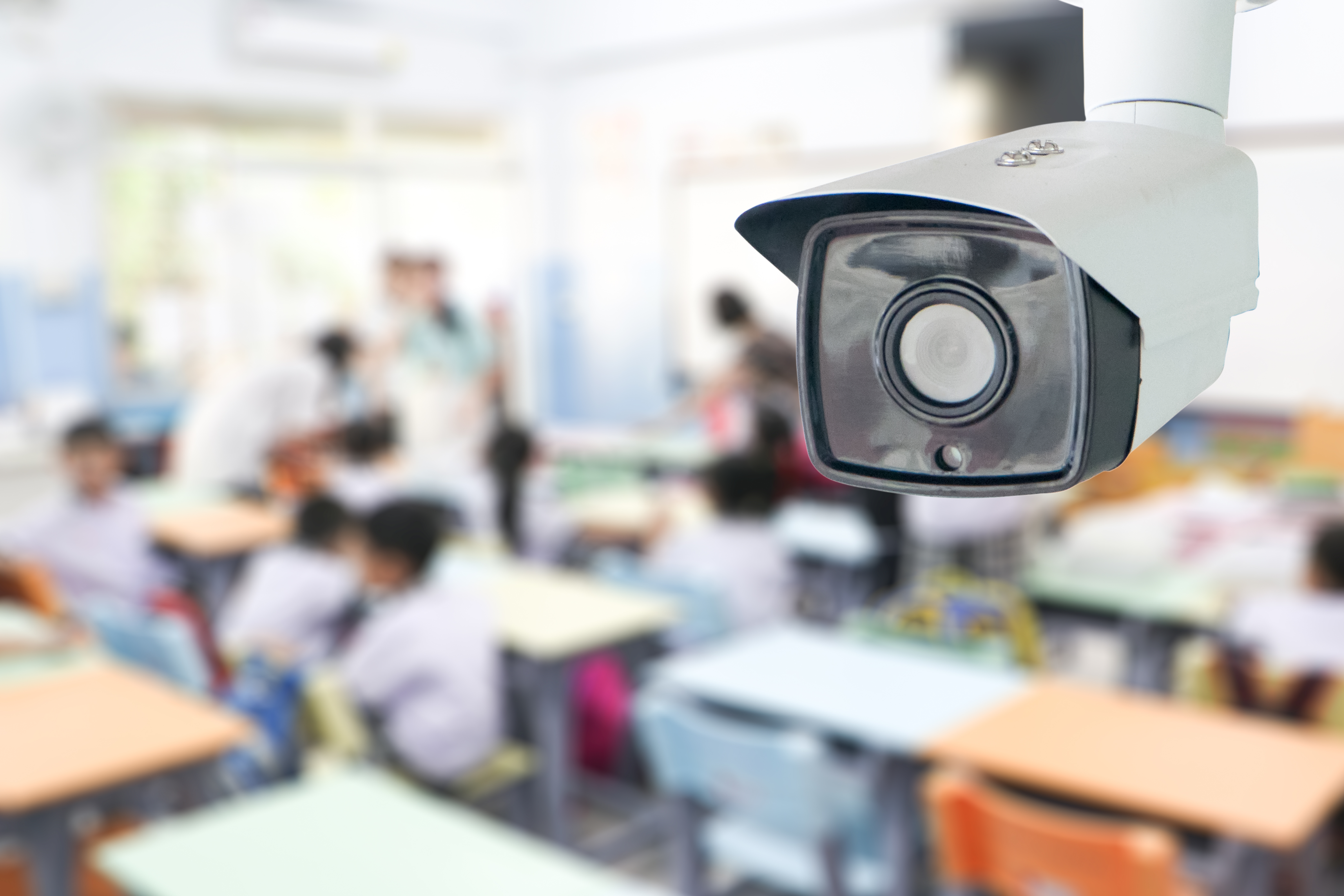
Elementary and high schools are spending billions of dollars to prevent shootings. Are students any safer? Here's everything you need to know:
What's being done?
School districts nationwide are spending more than $3 billion per year to "harden" buildings. Many schools increasingly resemble fortresses, with metal detectors, surveillance cameras, bulletproof windows, panic buttons, and armed guards. Nevertheless, more than 330 people were shot on school grounds last year, and 44 percent of parents with a child in kindergarten through 12th grade say they fear for their oldest child's safety at school — the highest percentage Gallup has registered since the 1999 Columbine High School shooting. Since that harrowing massacre of 12 students and a teacher, more than 331,000 children at 350-plus schools have experienced gun violence during school hours. Nearly all students today are frequently reminded of the possibility of being murdered by a crazed gunman: 98 percent of public schools conduct an annual lockdown drill, and a third of them conduct nine or more such drills every year. After a first-grader in Newport News, Virginia, shot his teacher during class earlier this month, the elementary school announced plans to install metal detectors. Superintendent George Parker III said he was reluctant to make schools "look anything like a prison," but added, "if we can't maintain safety, kids won't learn anyway."
How are buildings being modified?
The first step is making it harder for visitors to enter. Among public K-12 schools, 98 percent require visitors to sign in or wear a badge, and many schools have adopted a single point of entry. Following the 2012 massacre in Newtown, Connecticut, the $50 million rebuild of Sandy Hook Elementary includes floor-to-ceiling bulletproof windows to help observe visitors, along with automatically dead-bolting doors. A district in Hemet, California, installed electronic door locks in classrooms to mitigate the risk of teachers fumbling with keys during a crisis. In Lakeville, Minnesota, classrooms now have a red button that alerts emergency dispatchers and locks the door with 1,200 pounds of magnetic force. Other schools have added "ballistic shelters" where students can hide and curved hallways to limit a shooter's line of sight. Still, just 6 percent of public schools make students walk through a metal detector.
The Week
Escape your echo chamber. Get the facts behind the news, plus analysis from multiple perspectives.

Sign up for The Week's Free Newsletters
From our morning news briefing to a weekly Good News Newsletter, get the best of The Week delivered directly to your inbox.
From our morning news briefing to a weekly Good News Newsletter, get the best of The Week delivered directly to your inbox.
Do many have armed guards?
As of 2020, about half of public schools were protected by at least one law enforcement officer who carried a firearm — twice the rate from a decade earlier. A district in Madison County, North Carolina, now stores AR-15 assault rifles and door-breaching equipment at schools for police to use in the event of a shooting. Although support for armed guards at schools is growing, they failed to stop the mass shootings at Columbine and last year in Uvalde, Texas. After the 2018 slaughter of 17 people in Parkland, Florida, the high school's armed guard faced charges for hiding outdoors with his handgun while gunshots from a semi-automatic rifle rang out inside. That shooting led Florida's legislature to push for more armed teachers, and at least 32 states now allow school faculty and staff to carry firearms under certain conditions. Ohio last year authorized teachers to carry guns after just 24 hours of training, down from 700 hours previously.
Does hardening work?
Although metal detectors, locked doors, and other precautions may serve as obstacles for shooters, whether they actually prevent shootings is hotly debated. Researchers from the University of Toledo and Ball State University examined data from 2000 to 2018 and found no evidence that hardening schools reduces gun violence. Many precautions have proved fallible: The Uvalde shooter entered a door that failed to automatically lock as designed, and other attackers have entered buildings by shooting out windows. Even armed security officers and armed teachers create "a false sense of security," the study said, because someone armed with a semiautomatic weapon can kill 10 or more kids in seconds, before anyone can respond by shooting back. Texas spent $100 million on school-hardening measures before Uvalde. After that massacre of 19 children and two teachers, Guy Bliesner, a school safety official in Idaho, said his district received dozens of solicitations for security products. "Sometimes we just buy something and hang it out there so people say you did it," he said. "It's security theater."
What are the drawbacks?
Studies have shown, perhaps counter-intuitively, that metal detectors and security cameras in schools result in students feeling less safe. Campus lockdowns have resulted from prank phone calls and hacked alert systems, terrifying students who thought a real shooter was roaming the halls. Constant drilling comes at its own cost in trauma. "Whenever the drills were over, you could see it in everyone's faces," Florida high school teacher Nympha Girard said. "We were all silently crying, because we were scared to death."
Flagging potential shooters
Many criminal-justice experts and psychologists say the best way to avert school shootings is to identify and help potential perpetrators beforehand. Nearly all shooters strongly hint at their plans of violence in online forums or to other students, said former FBI special agent Mary Ellen O'Toole, who has studied school shootings for 20 years. "I've seen it in nearly every case," she said. Federal legislation passed after Uvalde included $1 billion to boost the number of mental health professionals, counselors, and social workers in schools. About two-thirds of schools provide some sort of threat-reporting system. In Hemet, California, schools implemented software that flags when a student types words such as "suicide" or "shooting" on a district-issued device. Flagging, of course, is only effective if it leads to meaningful action. Florida investigators declined to act on guidance counselors' concerns about the Parkland shooter, who'd made numerous violent threats to other students. And in 2021, a high school student fatally shot four peers in Oxford, Michigan, after a teacher observed the 15-year-old's drawings of guns with captions like "Blood everywhere" and "The thoughts won't stop. Help me." His parents refused to take him home, and he remained in school without a search of his belongings. Hours later, he withdrew a semi-automatic handgun from his backpack and began firing in a crowded hallway.
A free daily email with the biggest news stories of the day – and the best features from TheWeek.com
This article was first published in the latest issue of The Week magazine. If you want to read more like it, you can try six risk-free issues of the magazine here.
-
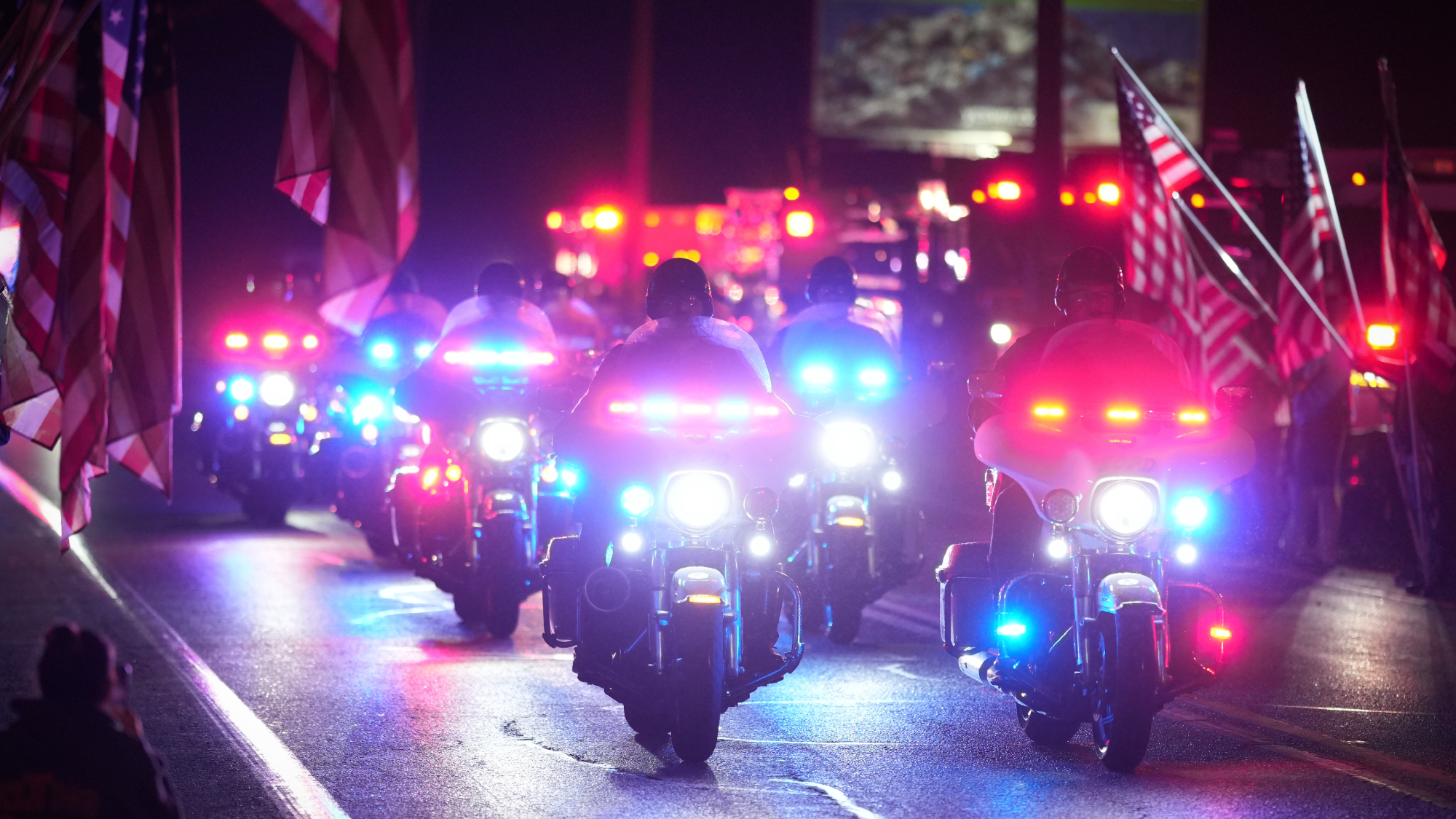 3 officers killed in Pennsylvania shooting
3 officers killed in Pennsylvania shootingSpeed Read Police did not share the identities of the officers or the slain suspect, nor the motive or the focus of the still-active investigation
-
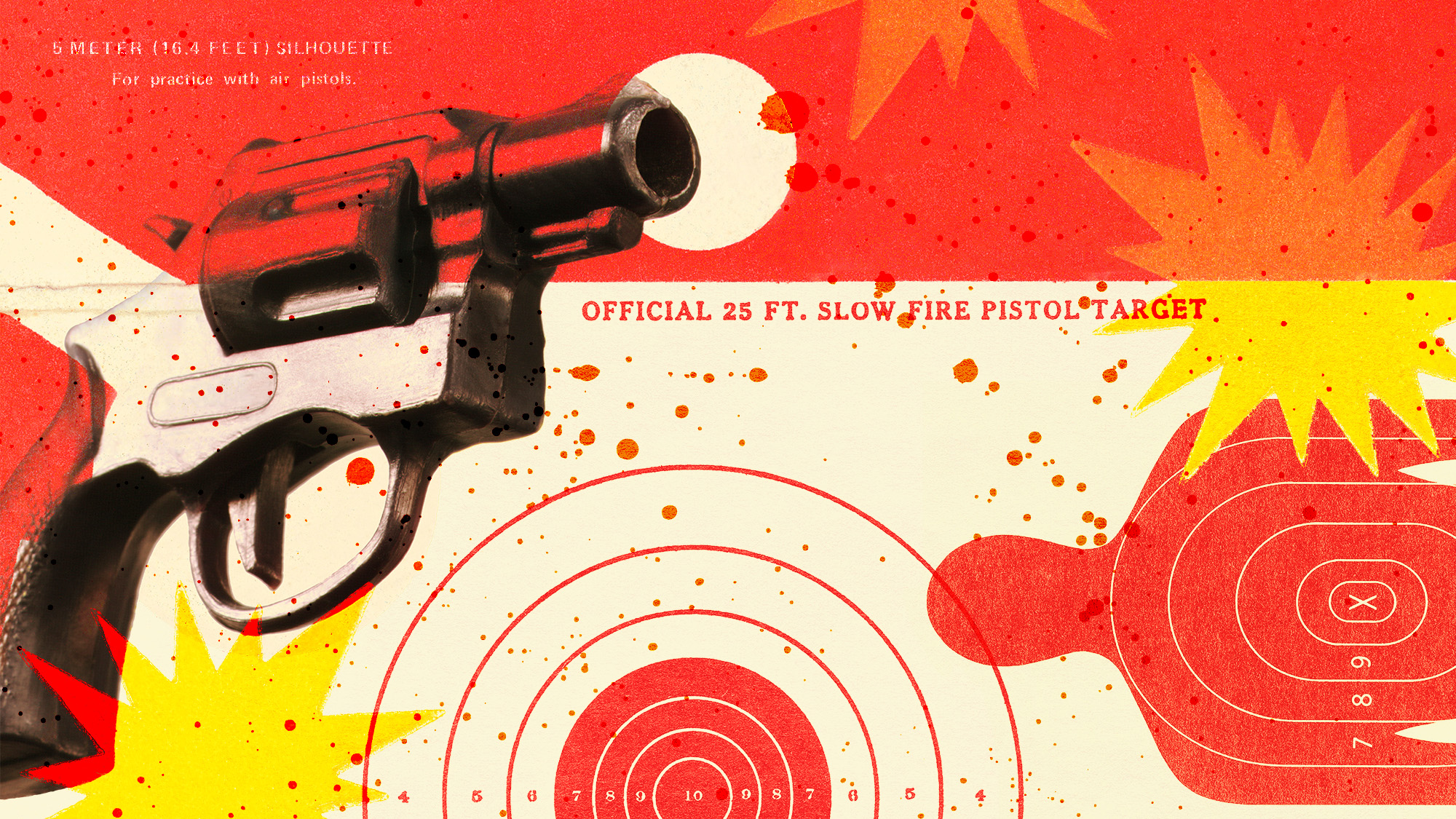 Trump lambasts crime, but his administration is cutting gun violence prevention
Trump lambasts crime, but his administration is cutting gun violence preventionThe Explainer The DOJ has canceled at least $500 million in public safety grants
-
 Aimee Betro: the Wisconsin woman who came to Birmingham to kill
Aimee Betro: the Wisconsin woman who came to Birmingham to killIn the Spotlight US hitwoman wore a niqab in online lover's revenge plot
-
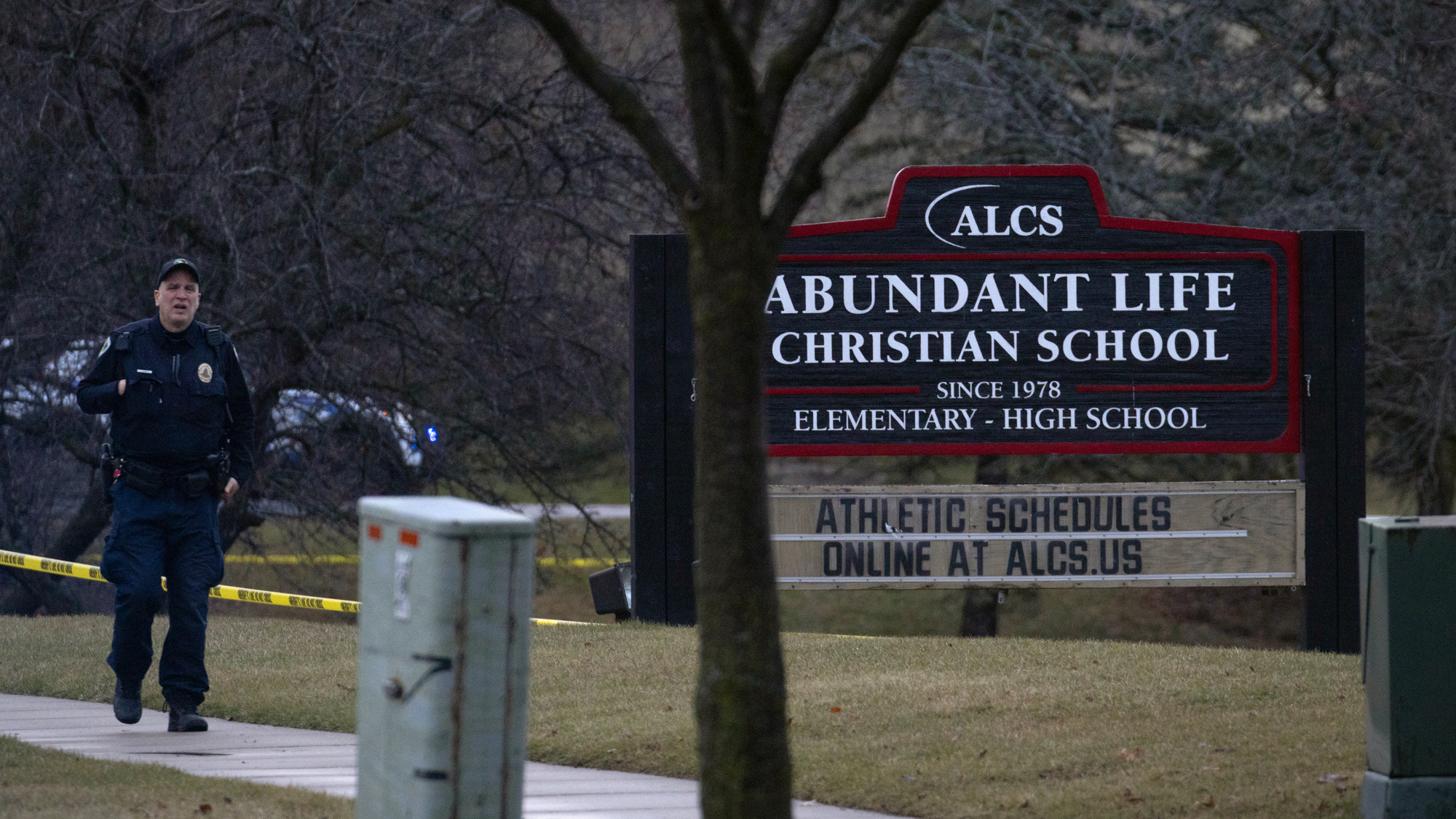 Teenage girl kills 2 in Wisconsin school shooting
Teenage girl kills 2 in Wisconsin school shootingSpeed Read 15-year-old Natalie Rupnow fatally shot a teacher and student at Abundant Life Christian School
-
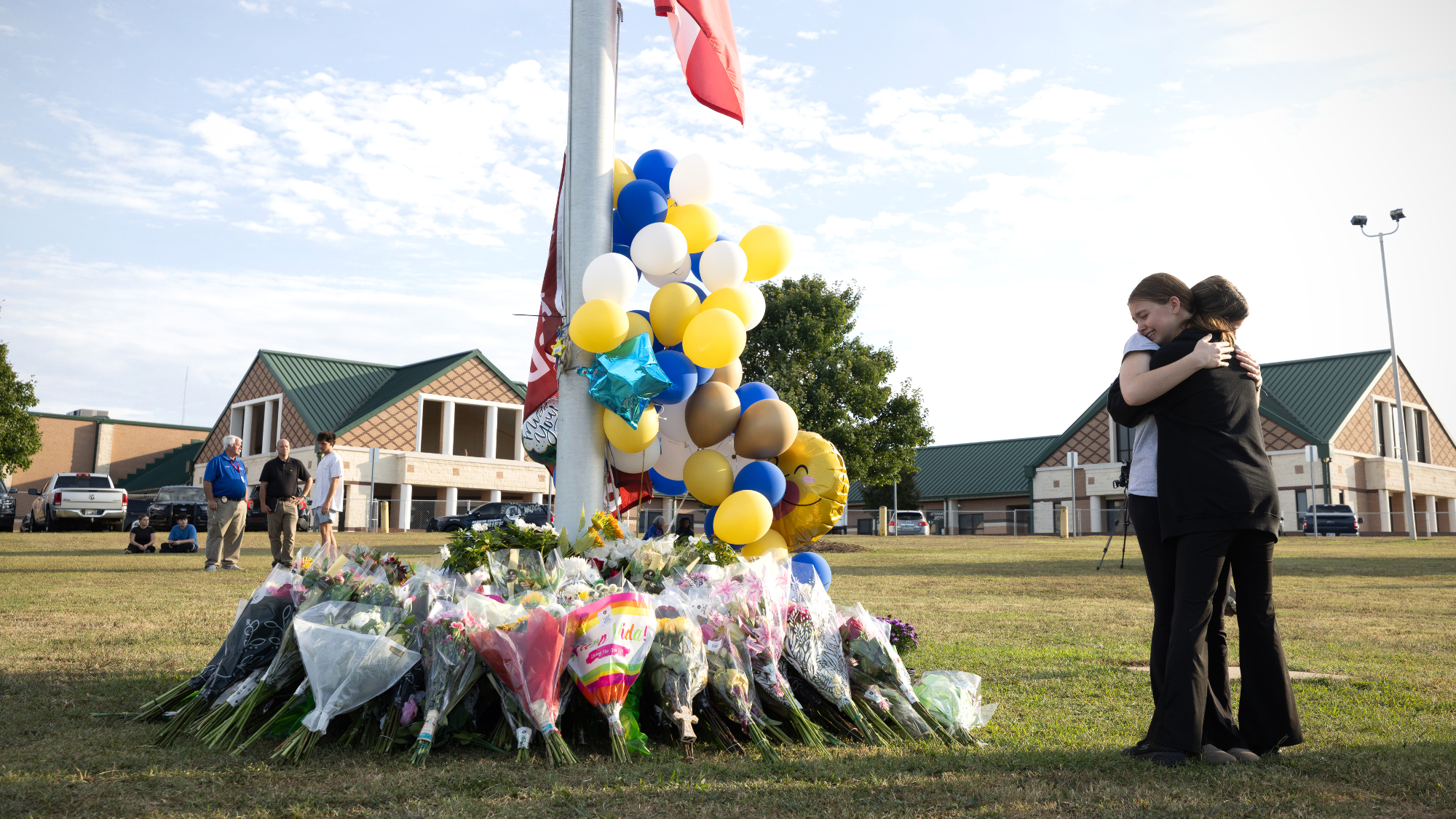 Father of alleged Georgia school shooter arrested
Father of alleged Georgia school shooter arrestedSpeed Read The 14-year-old's father was arrested in connection with the deaths of two teachers and two students
-
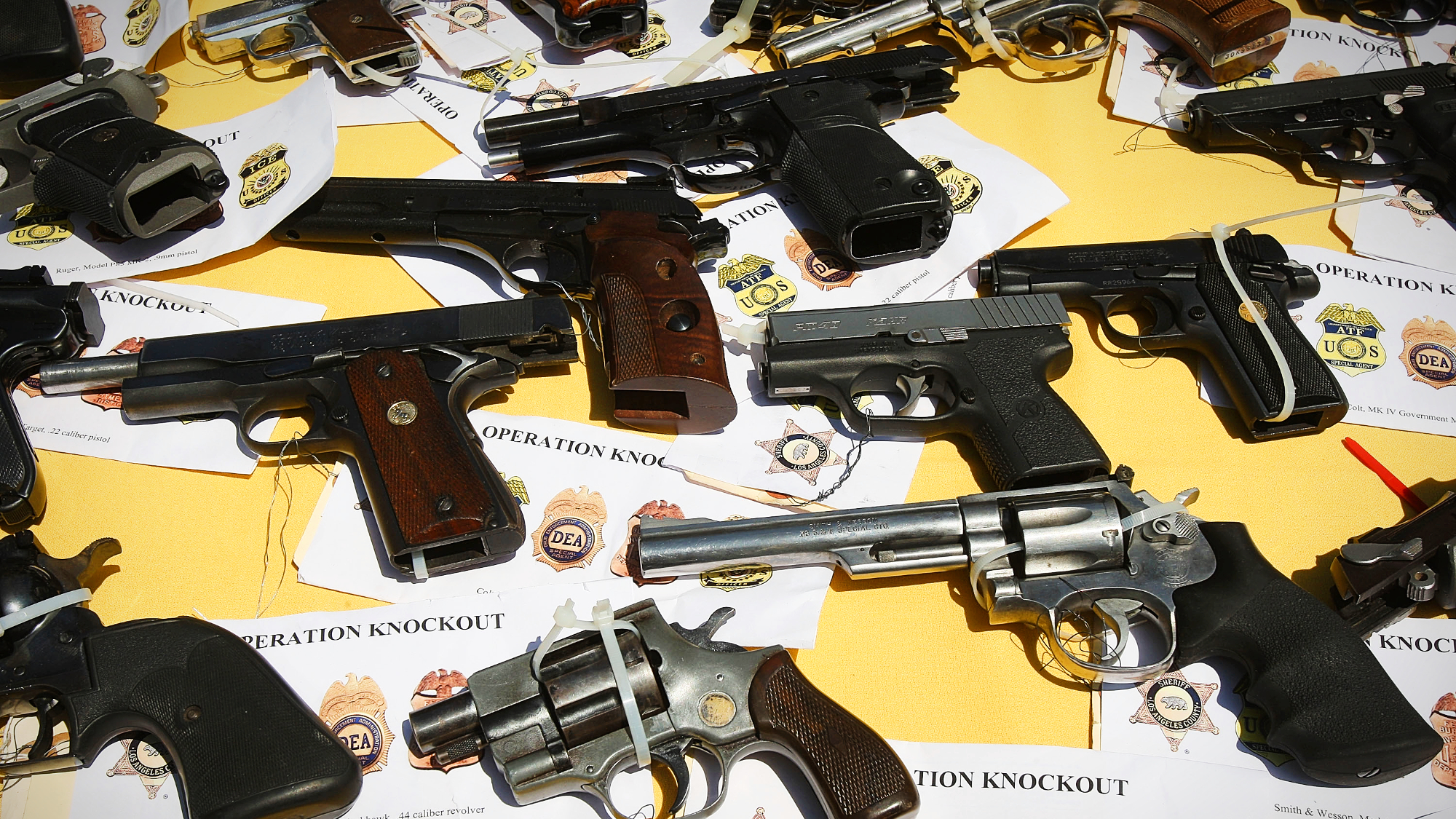 Unlicensed dealers and black market guns
Unlicensed dealers and black market gunsSpeed Read 68,000 illegally trafficked guns were sold in a five year period, said ATF
-
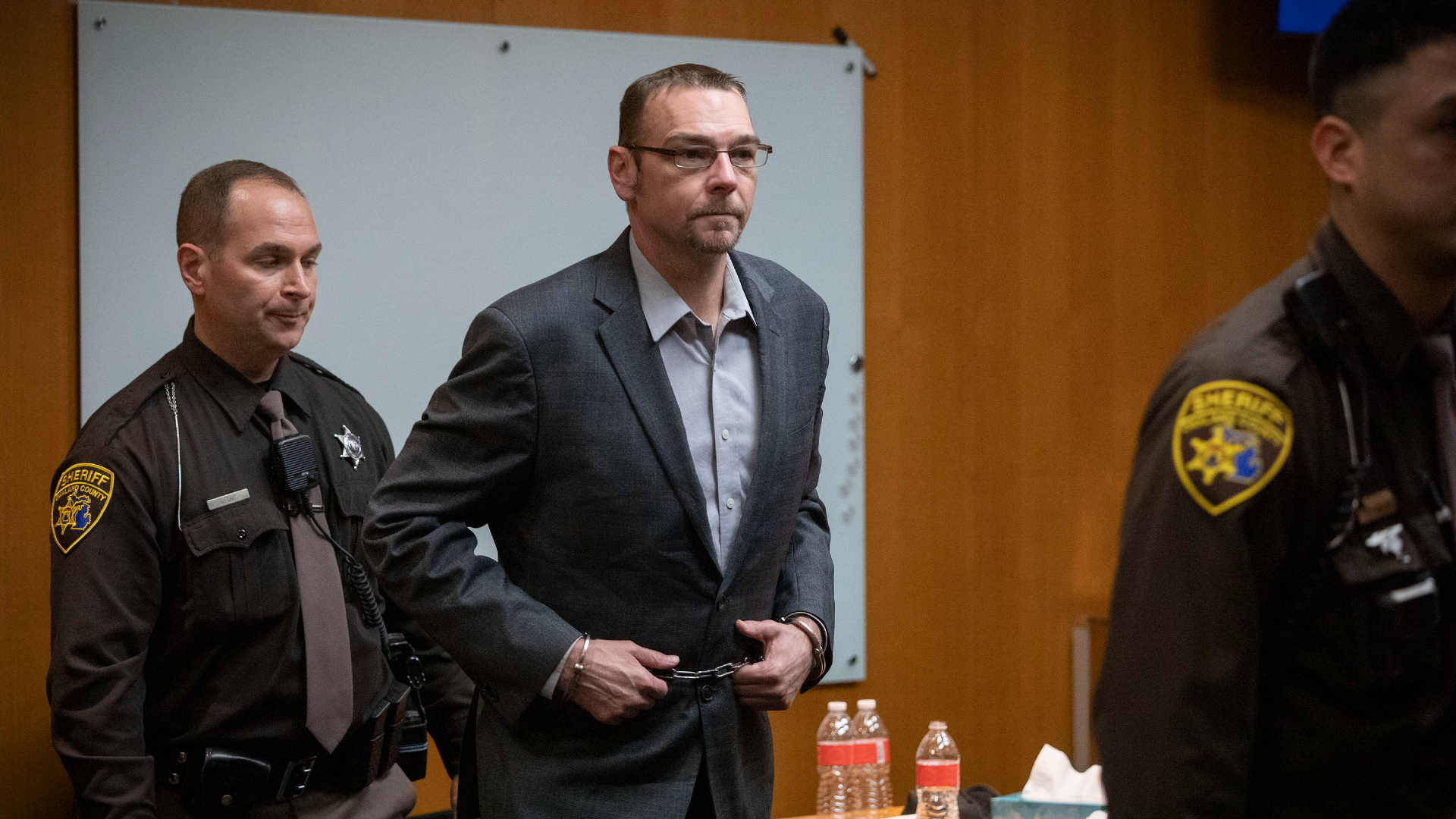 Michigan shooter's dad guilty of manslaughter
Michigan shooter's dad guilty of manslaughterspeed read James Crumbley failed to prevent his son from killing four students at Oxford High School in 2021
-
 Shooting at Chiefs victory rally kills 1, injures 21
Shooting at Chiefs victory rally kills 1, injures 21Speed Read Gunfire broke out at the Kansas City Chiefs' Super Bowl victory parade in Missouri


